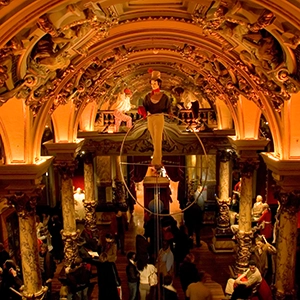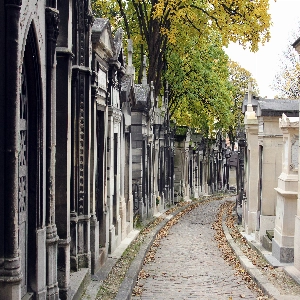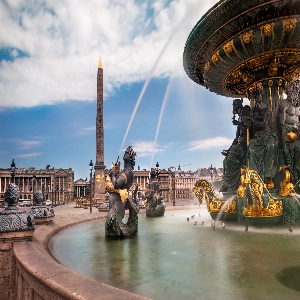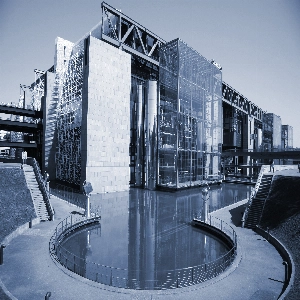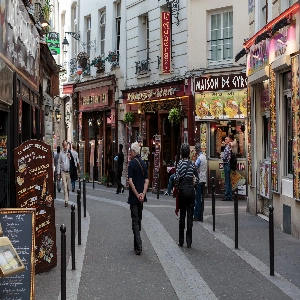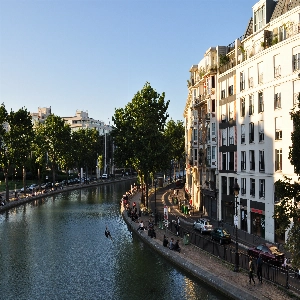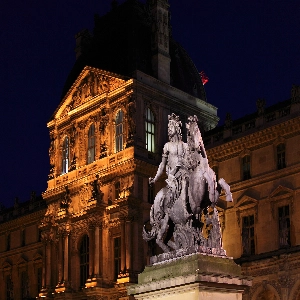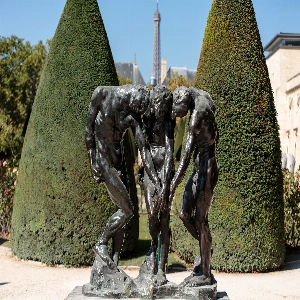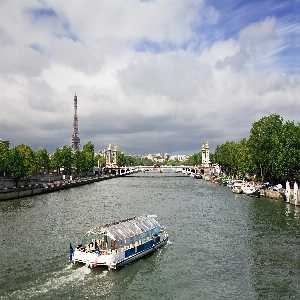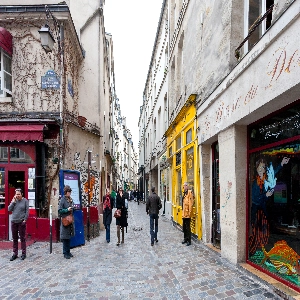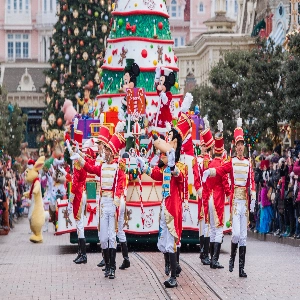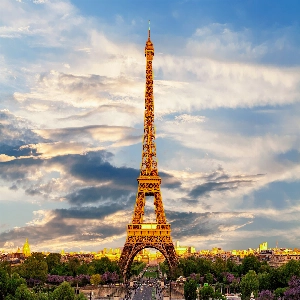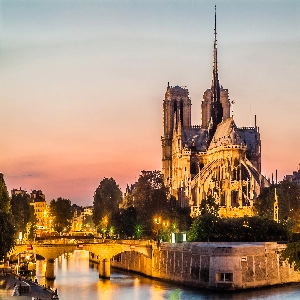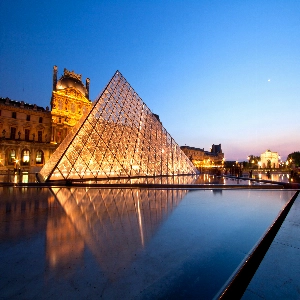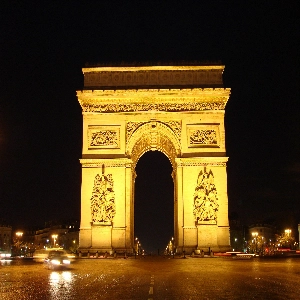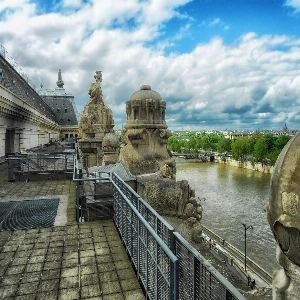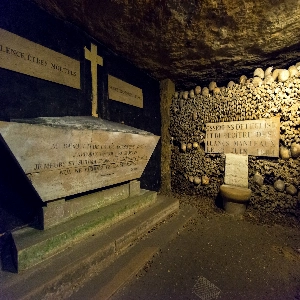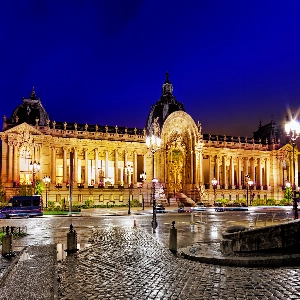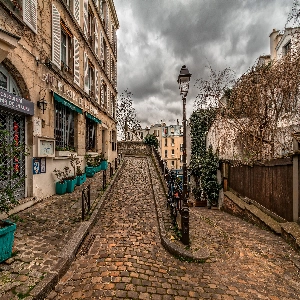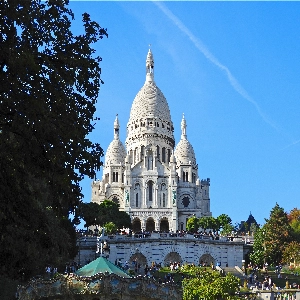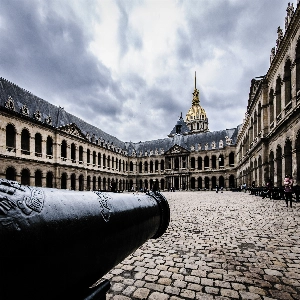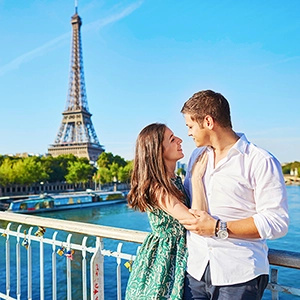The Moulin Rouge: A Timeless Parisian Icon

The Moulin Rouge, translated as "Red Mill," is a world-famous cabaret in Paris known for its iconic windmill and vibrant performances. Nestled in the heart of the picturesque Montmartre district, the Moulin Rouge has been a cultural and entertainment icon since its opening in 1889.
The creation of Charles Zidler and Joseph Oller, the Moulin Rouge was designed to be a space for entertainment, dance, and music that could be enjoyed by people from all walks of life. It has since become synonymous with the bohemian spirit and libertine atmosphere of Paris during La Belle Époque. This article delves into the history, evolution, and significance of this iconic Parisian establishment.
A Look into the Past: La Belle Époque and the Birth of Moulin Rouge
In the late 19th century, a period of rapid artistic and cultural development swept across Europe, a time now referred to as La Belle Époque (1871-1914). This era saw the birth of various artistic movements such as Art Nouveau, cinema, and music. During this time, Paris was a hive of creative activity, and entertainment establishments began cropping up in the city. Montmartre, once a quiet village on the outskirts of Paris, became a bustling hub of bohemian and artistic life that attracted people from all walks of life.
The opening of the Moulin Rouge on October 6, 1889, by Charles Zidler and Joseph Oller, coincided with the 1889 Exposition Universelle, a world's fair that showcased the cultural, social, and economic progress of France. The two entrepreneurs aimed to create a space that catered to both the upper and lower classes, offering an escape from reality where patrons could enjoy the pleasures of dance, music, and risqué entertainment. Thus, the Moulin Rouge was born.
Entertainment and Performances at Moulin Rouge
The Moulin Rouge has evolved significantly since its opening, with a constant flow of new acts, shows, and artists gracing its stage. Some of the most iconic performances that have occurred within its walls include the French cancan, a high-energy and provocative dance that originated in the 1840s. The French Cancan became synonymous with the Moulin Rouge as dancers like La Goulue and Jane Avril became famous for their spectacular performances.
Over time, the Moulin Rouge has hosted performances by legends such as Edith Piaf, Josephine Baker, Yves Montand, and Charles Aznavour. The venue has consistently adapted its performances to remain relevant to contemporary audiences while maintaining the charm and spirit of its origins. In 1999, the Moulin Rouge celebrated its 110th anniversary with the launch of the show "Féerie," a spectacular display of dance, acrobatics, and music that has wowed audiences ever since.
Moulin Rouge and Art
Beyond the stage, the Moulin Rouge has been immortalized by various artists who have drawn inspiration from its lively performances and bohemian atmosphere. Perhaps the most famous depiction of the Moulin Rouge is Henri de Toulouse-Lautrec's painting "La Goulue at the Moulin Rouge." Toulouse-Lautrec, a regular at the establishment, captured the frivolous spirit and sensuality of the cabaret, portraying famous performers like La Goulue and Jane Avril.
Throughout the years, the influence of the Moulin Rouge has extended to film and literature, from Jean Renoir's classic film "French Cancan" (1954) to more recent international sensations like Baz Luhrmann's "Moulin Rouge!" (2001). These representations have fueled a certain mystique surrounding the establishment, consolidating its status as a legendary symbol of Parisian culture.
The Enduring Spirit of the Moulin Rouge
Over the years, the Moulin Rouge has endured numerous challenges, including two fires, a World War, and changing social attitudes. However, its spirit remains undeterred, and it has consistently adapted to the times to remain a relevant and thriving institution in Parisian culture.
The significance of the Moulin Rouge lies in its unwavering commitment to providing a space for creative expression and entertainment while remaining true to its roots. It continues to attract audiences from around the world, all searching for a glimpse of the Parisian glamour and bohemian spirit that once defined La Belle Époque.
Moulin Rouge Today
Today, the Moulin Rouge remains a must-see attraction for many visitors to Paris. The current show, "Féerie," features over 80 artists, including 60 Doriss Girls dressed in stunning costumes adorned with feathers, rhinestones, and sequins. Set against the backdrop of impressive sets and accompanied by enchanting music, the performances transport audiences to a world of fantasy and extravaganza, where talented dancers, acrobats, and performers showcase their exceptional skill and artistry.
Visitors can also indulge in a pre-show meal at the Le Moulin Rouge restaurant "La Machine," which offers a sophisticated menu inspired by the culinary delights of France. Here, patrons can immerse themselves in an elegant-dining atmosphere complemented by live music before embarking on their Moulin Rouge adventure.
Since its inception in 1889, the Moulin Rouge has been a symbol of Parisian entertainment and culture, embodying the spirit of La Belle Époque by providing a space for artistic expression, innovation, and creativity. Today, its iconic windmill, lush velvet, and sparkling lights continue to beckon visitors from around the world, offering a sense of timelessness and escape that few places can rival. A visit to the Moulin Rouge is an unforgettable sensory experience – an ode to the vibrant spirit of Paris.

